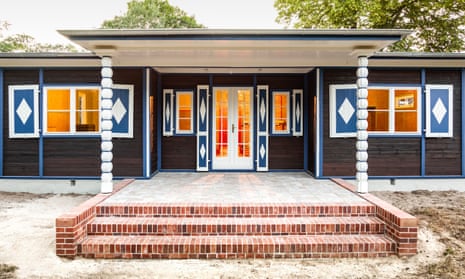Elsie Alexander called it her “soul place”, the lakeside house on the outskirts of Berlin where her family had spent long happy summers before they were forced to flee the Nazis.
Eighty-three years on, her grandson, Thomas Harding, along with members of the local community, reopened it to the public on Sunday after a painstaking restoration process in which the house by the lake – the subject of his bestselling 2015 book of the same name – was saved from demolition and turned into a educational meeting place for young Europeans.
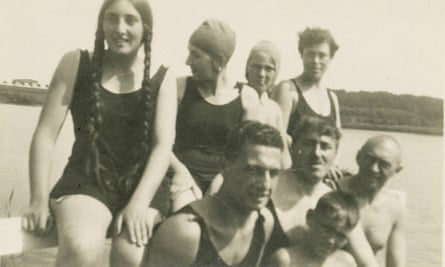
“My family was initially very anxious and angry about my idea to save the house,” Harding explained. “It was associated with the profound trauma the family had experienced having to flee their homeland. Family members said, ‘why should we help restore something the Germans stole from us?’ But six years on they are completely behind the project and I think Elsie would be delighted.”
Harding’s book captures how the house in Groß Glienicke, a village 14km (nine miles) west of central Berlin, encompasses a very German story – spanning the last years of imperial Germany, the Weimar Republic, the Third Reich and communist rule.
Built in 1928 by Elsie’s father and Harding’s great-grandfather, Alfred Alexander – a prominent Berlin doctor whose patients included Albert Einstein and Marlene Dietrich – who sought a retreat from hectic Berlin life, the family were forced to abandon it six years later after Adolf Hitler came to power, because they were Jewish.
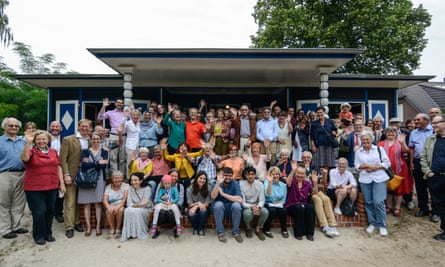
The Nazi state, its new owners, rented it to the music publisher Will Meisel and his film star wife Eliza Illiard, before his manager and his Jewish wife used it as a hiding place. During the cold war it was severed from its lakeside location with the erection of the Berlin Wall, the iron curtain literally slicing a menacing barrier along the bottom of the garden.
Among its residents was a communist border guard and Stasi informer.
Representatives of all five families who lived there were present at the opening party also attended by villagers and local dignitaries who have lent the project their support.
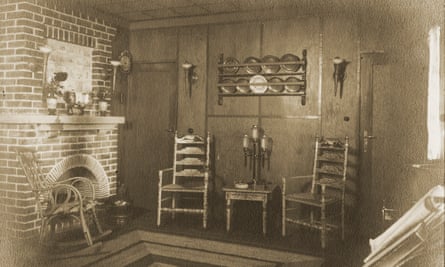
Harding visited the house with Elsie in 1993, four years after the collapse of communism, when she regaled the residents with stories of her family’s summers. She furnished her grandson with anecdotes such as how Einstein had been among the intellectuals to visit, arriving in his slippers and discussing detective novels with her father. Harding set about saving it from demolition in 2013 after hearing from a local that it had fallen into such a state of disrepair it was threatened with demolition amid plans to build new homes on the site.
“When we found it it had been uninhabited for 10 years, and was being used as a drug den, with gaping holes in the roof,” Harding recalls. Posters of western rock bands had been pasted over the wood panelling by one of its residents during communism.
He organised a clean-up day with family members and locals, “and soon even the most sceptical members of my family were won over”. So too were authorities who said if he could prove it was of historic value then it would warrant preservation.
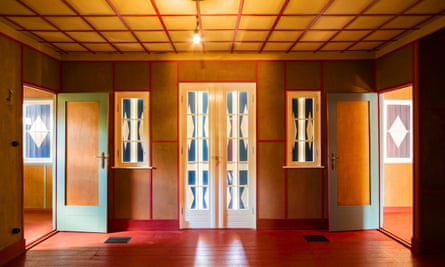
Architects, restorers and a dedicated team of locals over four years and at a cost of more than €300,000 (£268,000) in donations and state support, have returned the Alexander Haus, as it is to be known, to the quaint and colourful wooden retreat described by Elsie in a letter as the “foundation of the family’s good fortune”.
Designed by Otto Lenz in the Bauhaus style, the house’s striking cobalt blue and white windows emblazoned with large diamond shape shutters, against its dark-stained wooden exterior, as well as a strikingly colourfully interior of tongue and groove pine walls in oranges, reds greens and blues, have been reinstated. It has been given a Denkmal – or listed – status, enabling the family to receive some state support towards the restoration. The rest of the money has been raised by private donors in Germany and the UK.
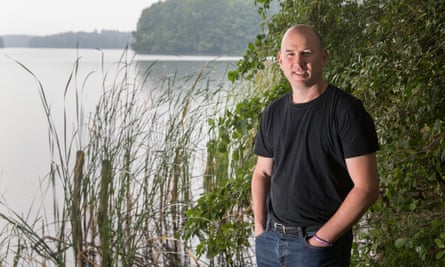
The family was able to escape Nazi Germany in 1936, after Elsie’s sister, Bella, married a British man – who later died as an RAF pilot in 1945 – whom she had met and fallen in love with at the summer house. When Alfred Alexander was in London visiting Bella’s first child, Peter Sussmann, who was born in December 1934, his family in Germany got wind of the fact that he was due to be seized by the Nazis and warned him not to return. The rest of the family was able to follow him to the UK thanks to Bella’s status as a British citizen. They sought refuge in Britain and eventually settled there.
Now 84, Peter Sussmann looked proudly on on Sunday as family members cut a red ribbon across the front door to cries of ‘mazel tov’, accompanied by a rabbinical blessing.
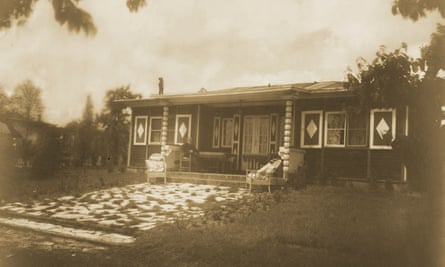
“My mother talked about this place frequently,” he said. “It was very important to her. We once came back together in the early 70s, but could only view it with binoculars from the West German side of the lake shore when the wall was up. She showed me the house, the vague outline of which we could just about see through the trees.”
On Friday night, the family broke bread under the eaves of the house “for the first time in over eight decades”, he said.
“Then it came home to me – having at first belonged to the sceptical wing of the family – just how important it is as a sign of reconciliation.”

